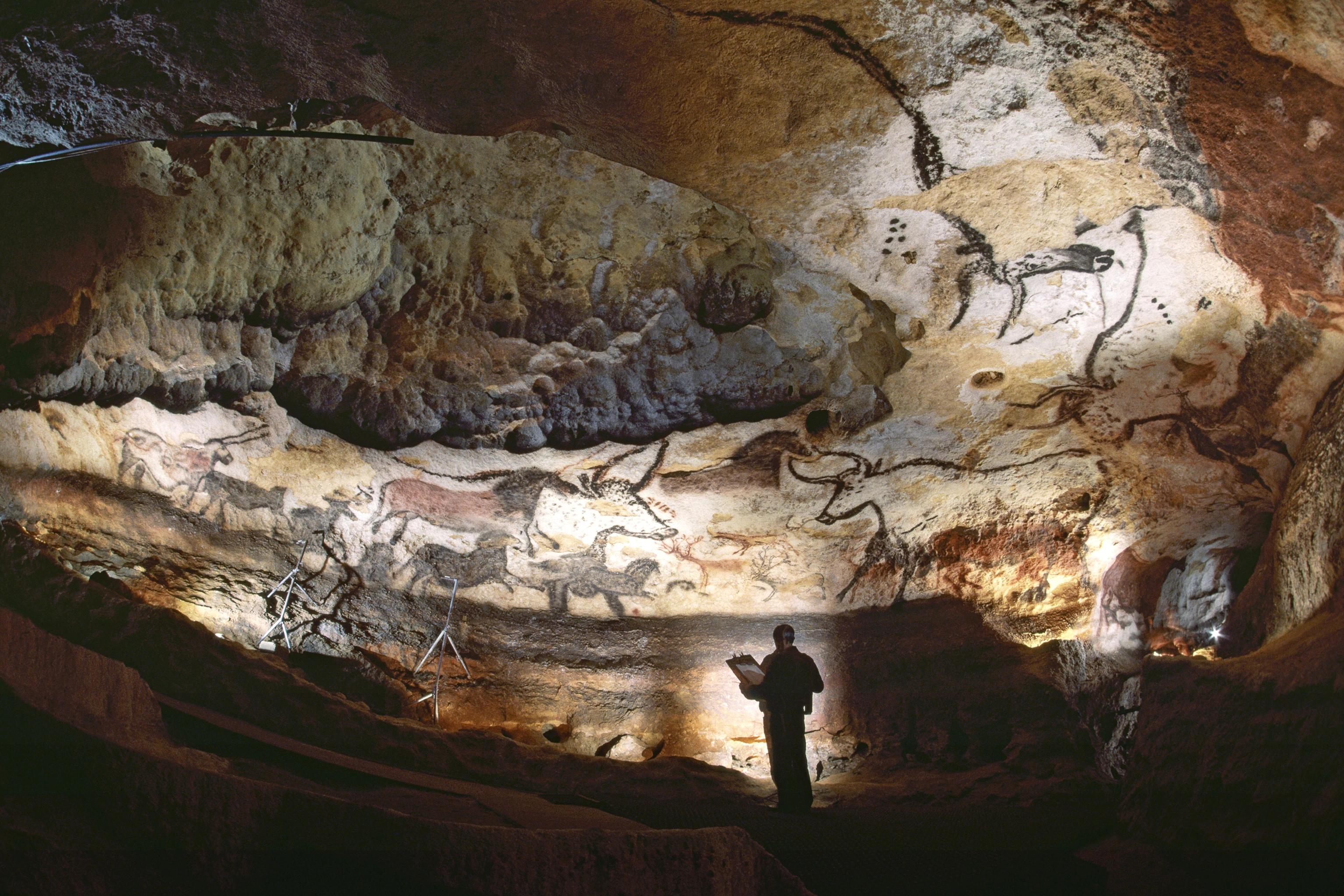Parts of the World that are of Historical Interest or Significance
Many of us travel abroad for the sun and a warmer climate. Others will not want it cold but have other motivations for venturing further afield from their home. For instance, they will want to go sightseeing or visit museums and other places of historical interest. The experience is not the same on a television screen compared to visiting something historical in person. So, anywhere this is possible will become a must-visit place to add to any travel list. If you are the sort of person that likes to get more from a holiday than sitting around a pool or relaxing on a beach, then this article should be of great interest to you.
So, what items of historical interest or significance are worth seeing in person around the world?
The Lascaux Cave, France
Located in Southern France and a vast complex of caves, The Lascaux Cave is well worth a visit for anyone into caves, history, or art.
The Lascaux Cave is best known for its Paleolithic cave paintings. It was discovered by teenagers Georges Agnel, Simon Coencas, Jacques Marcal, Marcel Ravidat on 12 September 1940.
Inside the cave can be found almost 2000 figures of animals, humans, and abstract signs. The animals painted have been identified as bison, stags, cattle, felines, and birds. There is also a rhinoceros and a bear that can be made out from the paintings.
It was in 1948 that the Lascaux Cave was opened to the public but then closed in 1963 to protect it. Don’t worry, though, a replica Lascaux II was opened so that you can have the opportunity to see just what you can pick out from these iconic cave paintings.
The Dead Sea Scrolls, Jerusalem
Carrying on our apparent morbid fascination that relates to all things of historical interest around the world, although only because of their name this time, we cannot ignore the existence of the Dead Sea Scrolls. These are a collection of ancient, mainly Hebrew manuscripts, that were found at sites on the northwest shore of the Dead Sea, hence their name. The scrolls date to between 825 and 870 and were found in 11 caves between 1947 and 1956.
The texts, of a biblical nature, include fragments from every book of the Old Testament, except for the book of Esther, the earliest known Book of Isaiah, and the psalms of King David and Joshua.
It is thought that the scrolls might have been hidden inside the caves during the First Jewish Revolt between 66 and 70 AD. it is wonderful how something so incredibly old and fragile has survived at all and has to go down as the greatest ever manuscript find in history. What the scrolls, which predate the next oldest Old Testament manuscript by some 1,000 years, prove, is that Christianity has roots connected to Judaism.
Today, the Dead Sea Scrolls, almost 100,000 fragments, are kept in the Shrine of the Book, which is part of the Israel Museum. This can be found in Jerusalem, Israel’s capital.
Tutankhamun’s Tomb, Egypt
It was in November of 1922 that Egyptologist Howard Carter discovered Tutankhamun’s tomb. It remains one of the most intact tombs ever found in the Valley of the Kings. Carter and his employer, the 5th Lord of Carnarvon, had been searching for Tut’s tomb since 1907 when Theodore M. Davis found various funeral artifacts with the Egyptian king’s name on them.
The gold mask found is currently housed in the Egyptian Museum in Cairo and not part of the Golden Pharaoh exhibition. This is because it is so iconic in terms of the world’s treasures. The Egyptian government made the decision not to allow the mask to travel again so it will remain in Egypt for prosperity and the only place that people can go and see it. So, this reason alone is why we should include Egypt in our travel plans, as soon as pandemic restrictions allow.
To conclude, the continents of Europe, Asia, and Africa all have items of great historical interest that will enhance any travel list.




